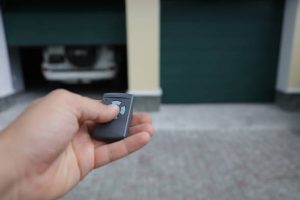Automatic sliding doors have been awe-inspiring to us with their smooth entrance and exit for years. They are the pinnacle of convenience and style. But have you ever wondered how they keep everything securely locked up at night? Fortunately, the enigma How do automatic sliding doors lock is soon to be cleared out.
Let’s begin by covering the fundamentals. A motor, sensors, and a control panel are the components that make up automatic sliding doors, which simplify our lives. The door’s functions are controlled by the control panel, the motor, which moves the door, and the sensors, which recognize our presence. When it’s time to lock up, though, what happens? The magic happens over there!
The locking mechanism is located on the control panel, commonly referred to as the “brain” of the automatic sliding door. The door can be configured to lock at a particular time, guaranteeing that the building is secure and shielded from unauthorized guests. Some automatic sliding doors also feature access control systems that call for a keycard, keypad code, or biometric identification to unlock them for individuals who like a bit extra security.
How do these doors lock, though, precisely? It resembles a secret handshake somewhat, I suppose. The locking mechanism is activated after receiving a signal from the control panel and being engaged by the motor. Just that easy! Thanks to a simple and seamless locking process, everything is kept secure without using complex locks or fiddly keys.
Do not worry if you are concerned that you may be locked out in the event of a power loss. The ability to continue opening an automatic sliding door in the event of a power outage is ensured by a backup power source, such as a battery, on many of these doors.

